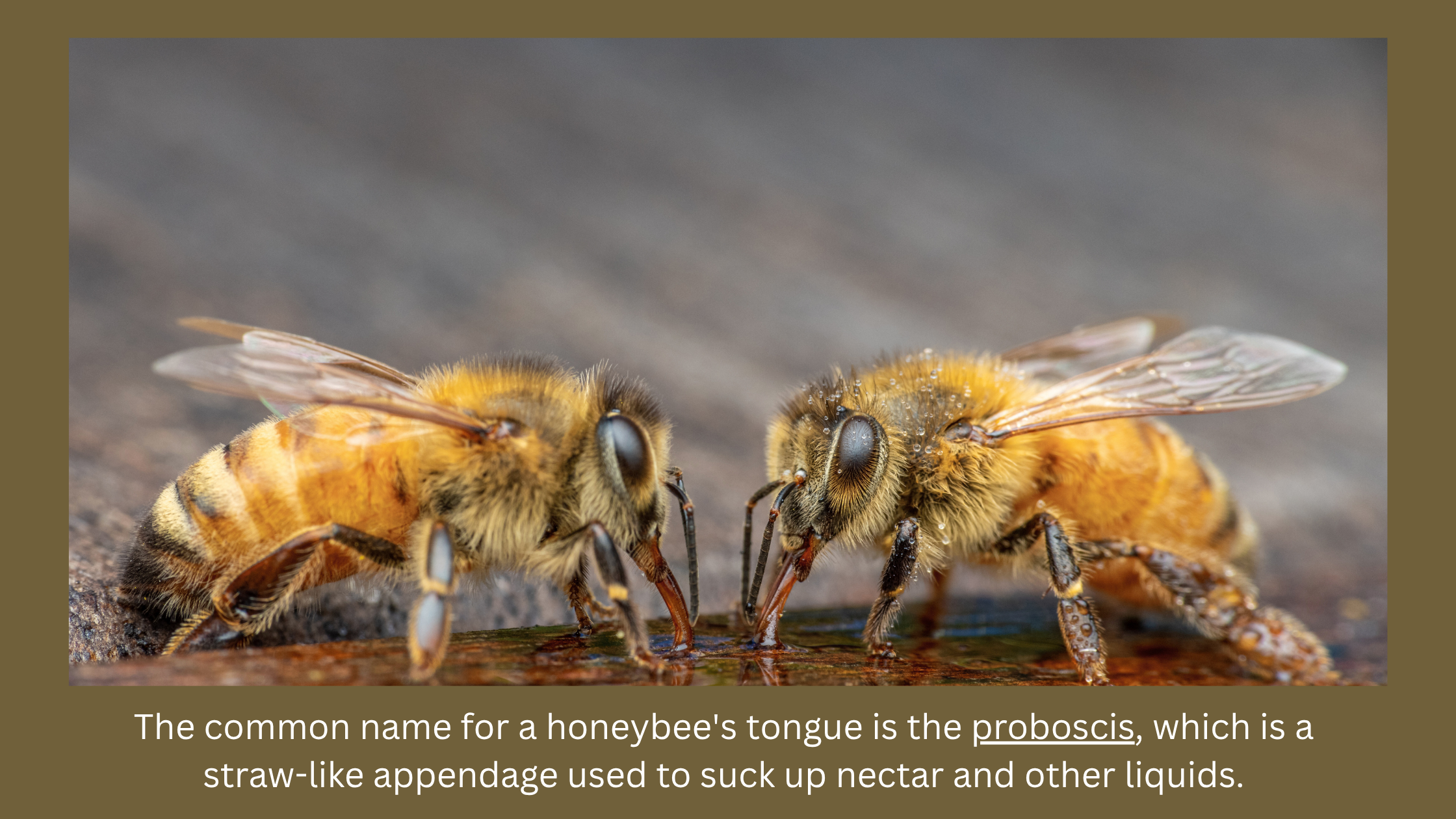Join us as we explore how bees taste, what Jeff learned in Italy, and which fall flowers keep our pollinators thriving
Introduction
Bees
How Do Bees Taste Honey?
Before honey ever reaches our jars, the bees have already made countless taste-based decisions. Bees don’t just rely on smell or sight — they taste through receptors on their antennae, mouthparts, and even their feet. These microscopic sensors allow them to evaluate nectar instantly, measuring sweetness, floral compounds, and even mineral content.
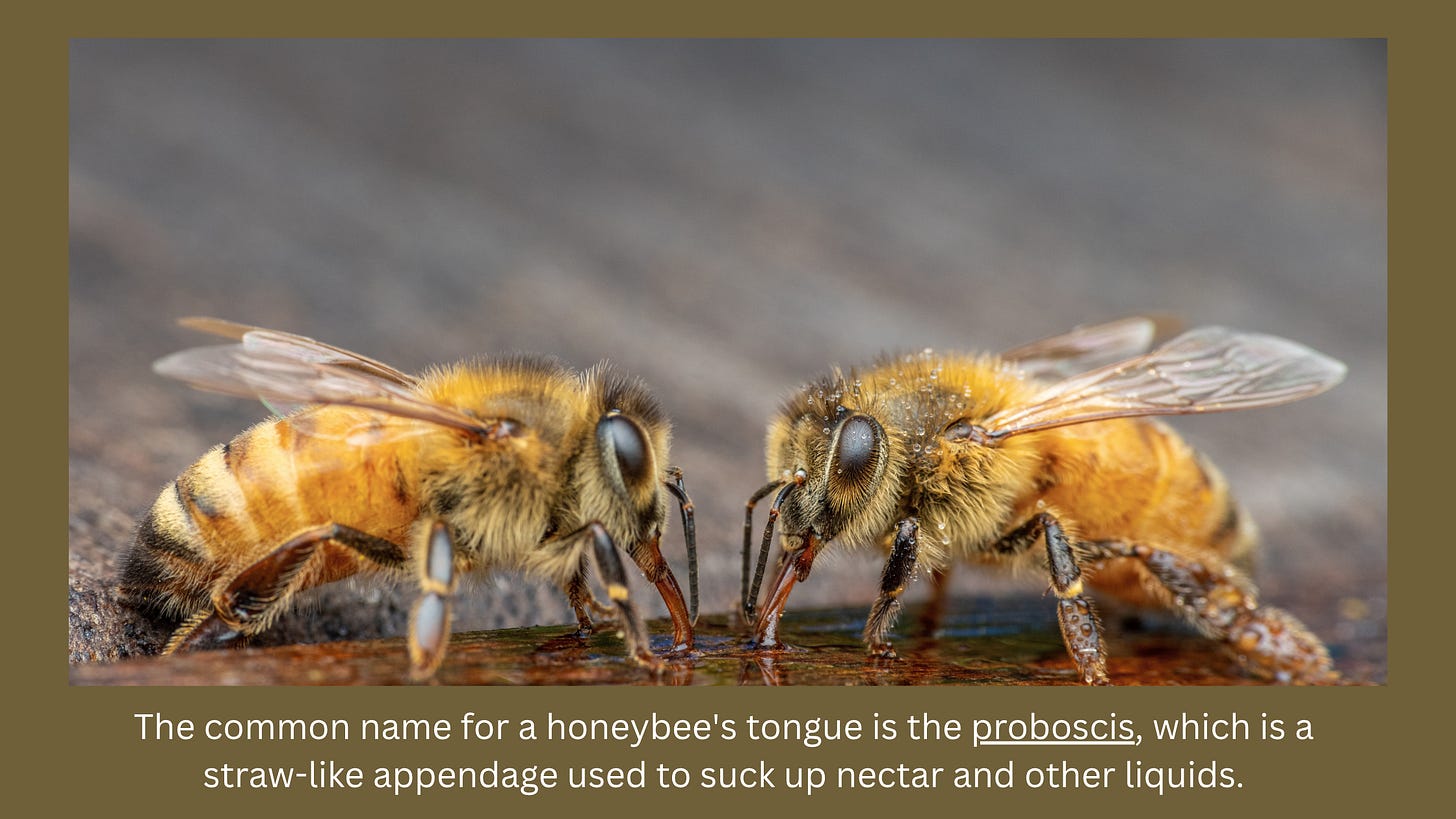
A forager bee can detect sugar concentrations as small as a few percentage points apart. She’ll favor the richest sources and communicate her finds through the waggle dance, ensuring the entire colony benefits from the best blooms.
Inside the hive, tasting continues. Worker bees pass nectar from one to another, evaporating moisture and assessing readiness until the flavor, thickness, and aroma signal that the honey is complete.
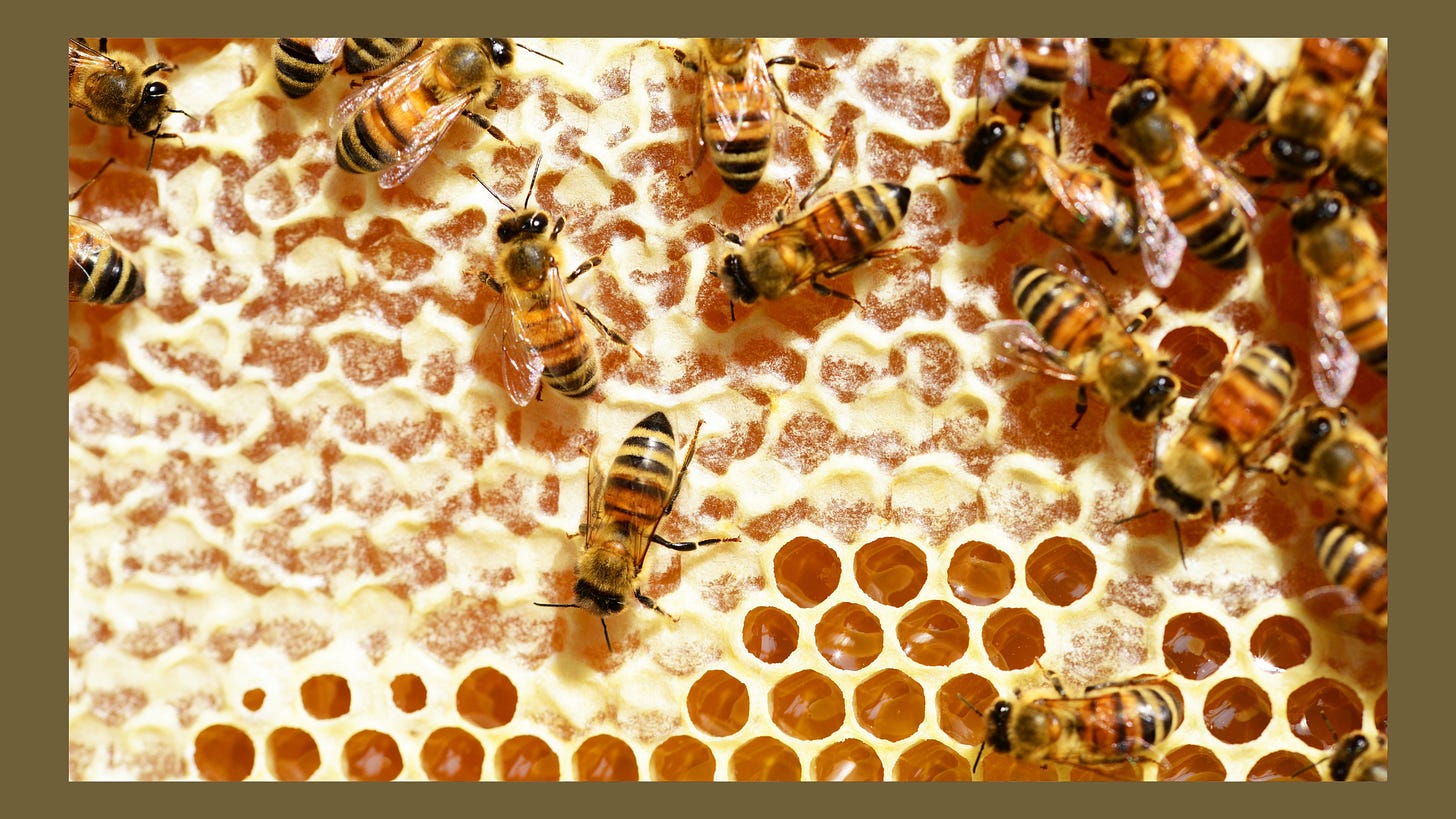
Professional honey tasters follow the same sensory journey – observing color, aroma, and texture — but bees have been perfecting that art for millions of years. They are, quite literally, the original honey experts!
Honey
What We Learned About Honey in Italy
Earlier this month, Jeff completed the Level 2 Advanced Honey Sensory Analysis Course in Bologna Italy, led by members of the Italian National Register of Experts in the Sensory Analysis of Honey. This international program brings together beekeepers, scientists, and honey professionals to explore how aroma, texture, and taste define honey quality and authenticity.
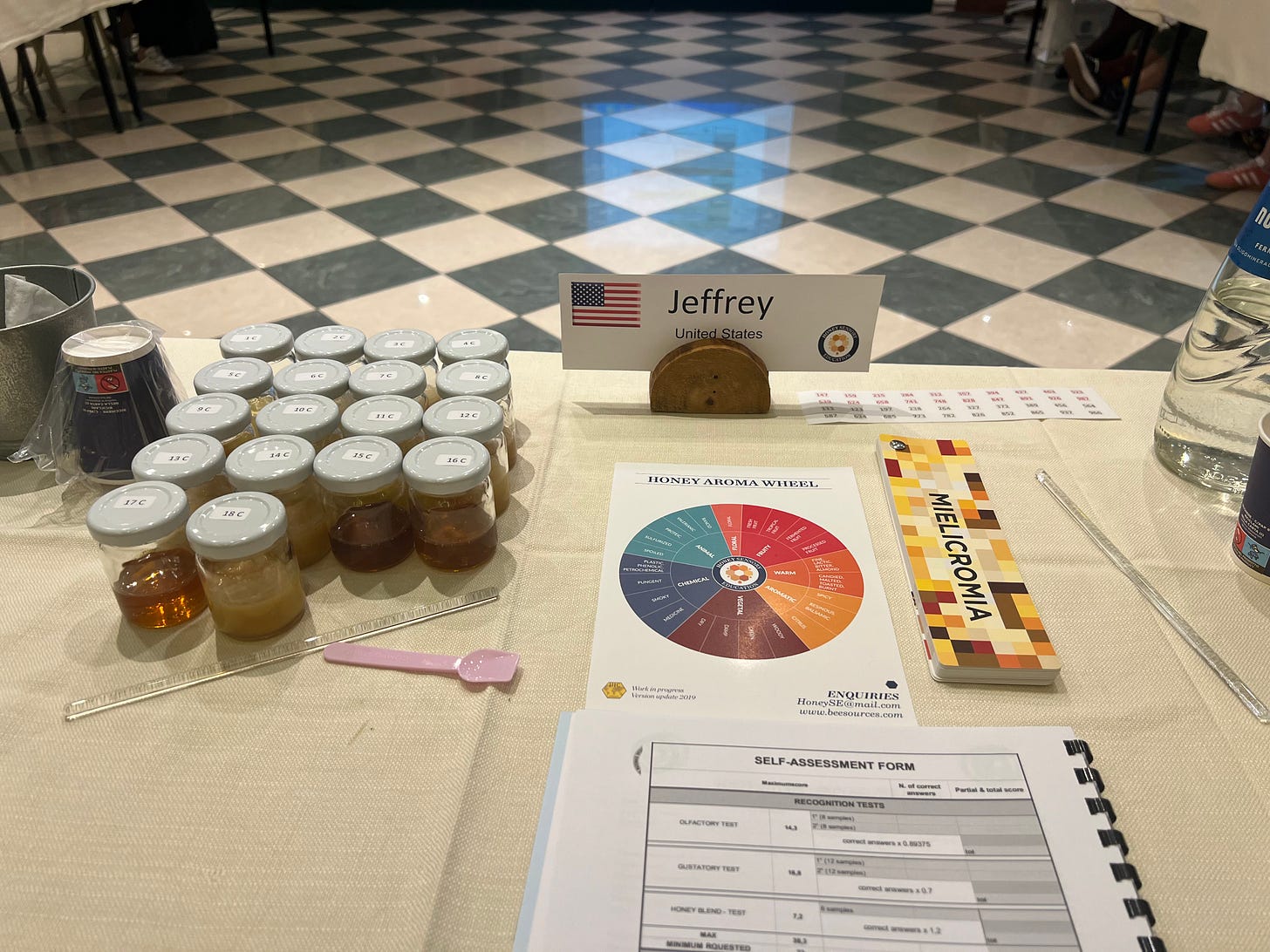
Over three immersive days, Jeff participated in blind tasting tests, olfactory recognition exercises, and competitions that required identifying and ranking unifloral honeys from across Italy. Students used detailed sensory forms, the Honey Aroma Wheel, and the Melicromia color scale to describe honeys precisely — recording attributes like floral, woody, caramelized, or vegetal notes.
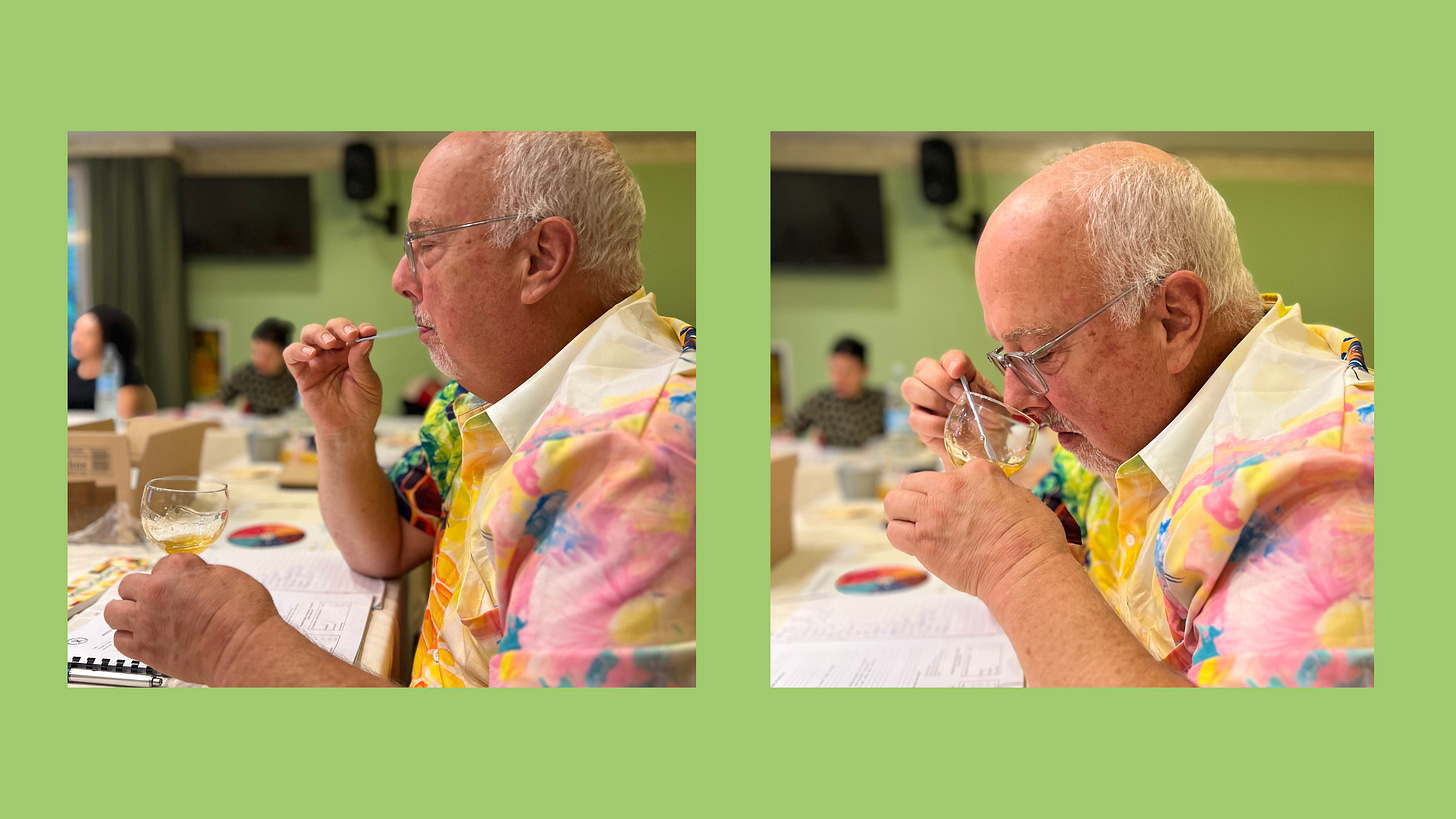
One highlight was the study of Sweet Chestnut (Castagno) honey, known for its dark amber color, herbal aroma, and distinctive bitter finish. This variety, along with others such as acacia, citrus, and thistle, reflects Italy’s incredible botanical diversity.
More than just flavor analysis, the course deepened the understanding of how to detect authenticity and subtle defects — qualities that matter when guiding consumers toward truly pure, varietal honeys. Jeff returned inspired, ready to bring these techniques to future Bee-Licious tasting events and sensory workshops here in Oregon. Stay tuned for registration details for our first ever Oregon Honey Tasting Course in January 2026!
Pollinator Garden
Honeybees use these last weeks to store energy and complete their honey reserves. Bumblebee queens are still active too, feeding heavily before burrowing underground for winter. Meanwhile, solitary bees — like mason and leafcutter bees — have finished nesting, their larvae safely sealed away in reeds or soil, depending on the ecosystem sustained by fall bloomers.
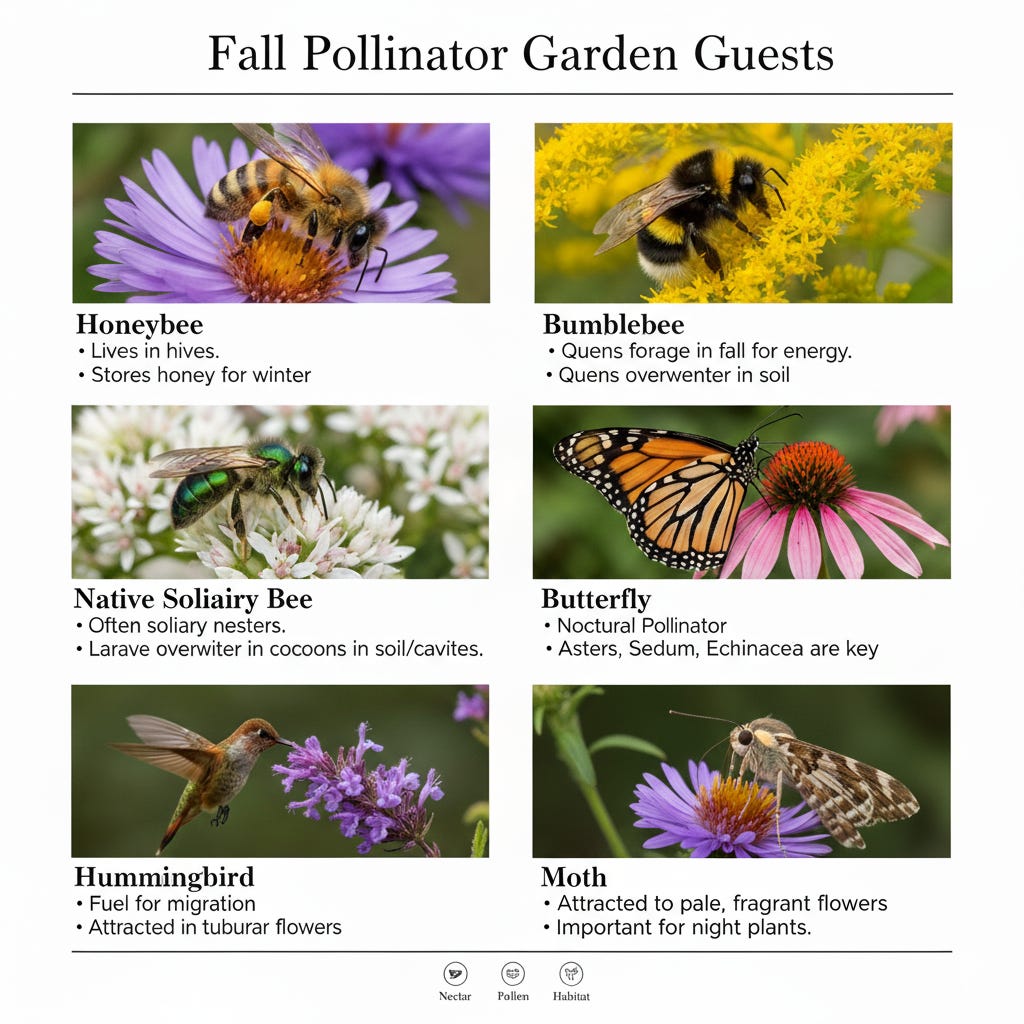
Some of the best Oregon plants to keep the garden buzzing include:
- Goldenrod (Solidago spp.) — a reliable late nectar source and key honey contributor.
- Asters (Symphyotrichum spp.) — their violet and pink blooms attract bees, butterflies, skippers, and bee flies.
- Sedum ‘Autumn Joy’ (Hylotelephium spectabile) — a sturdy perennial that hosts bees, hoverflies, and small butterflies well into October.
- Hummingbird Mint (Agastache spp.) — tubular blooms in peach and violet tones that delight hummingbirds as much as bees.
- Russian Sage (Perovskia atriplicifolia) — airy lavender spikes that stay in bloom even as temperatures dip.
- Echinacea (Coneflower) — one of the longest-lasting nectar sources, and its seed heads feed birds after flowering ends.
Late-blooming nectar shapes the character of fall honey, often giving it deeper amber tones and warm, herbal notes. These “final harvests” are nature’s bridge between the seasons and the last sweet gift before the rains arrive.
To help pollinators thrive, resist cutting everything back too soon. Spent stalks and untrimmed herbs provide micro-blooms and nesting material that sustain pollinators through fall and shelter next year’s generation.

